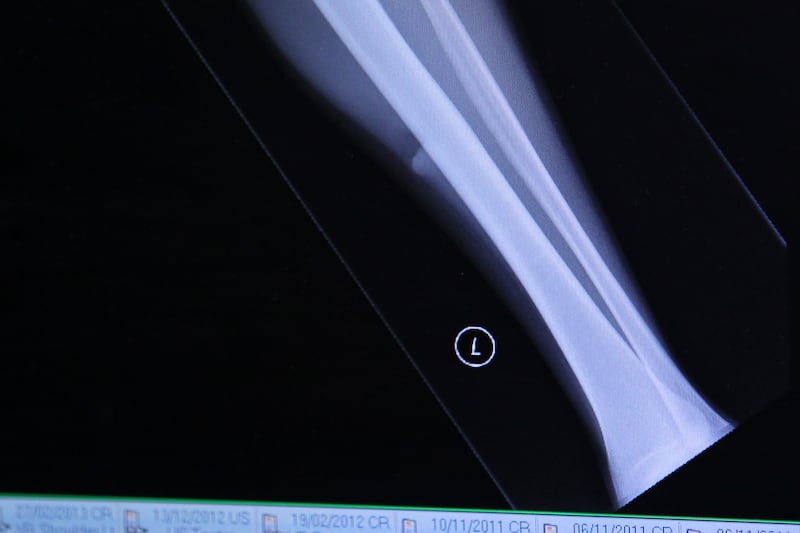A diet rich in omega-3 fatty acids could reduce migraines, a small study suggests.
Researchers found that a diet high in omega-3 – which can be found in supplements and oily fish – could slash persistent headaches by two to four per month.
According to the NHS, a healthy, balanced diet should include at least two portions of fish a week, including one of oily fish.
Oily fish – such as salmon and sardines – are particularly high in long-chain omega-3 fatty acids. Omega-3 has been shown to have a beneficial effect on the heart.
The new research, published in the British Medical Journal (BMJ), involved 182 people (88% of whom were women, with a typical age of 38), who suffered migraines on five to 20 days a month.
The women were split into three groups, with the amount of omega-3 fatty acids (eicosapentaenoic acid – EPA, and docosahexaenoic acid – DHA) varying according to the diet, while the omega-6 linoleic acid was also monitored.
One diet increased the amount of EPA and DHA to 1.5g per day and maintained linoleic acid at around 7% of energy intake.
A second diet increased EPA and DHA to 1.5g per day and decreased linoleic acid to less than 1.8% of energy, while the other control diet maintained EPA and DHA at less than 150mg per day and linoleic acid at around 7% of energy.
The diets were chosen because previous research has suggested that omega-3 fatty acids are associated with pain-reducing effects, while omega-6 fatty acids may worsen pain and can provoke migraine.
During the trial, participants were provided with oil and butter formulations and protein foods, including fish, needed to achieve the fatty acid targets.
They also completed a headache impact test regarding their quality of life.
The frequency of headaches was assessed daily with an electronic diary.
The results showed that the frequency of headaches was statistically significantly decreased in both groups on the high omega-3 diet.
The high omega-3 diet was associated with a reduction of 1.3 headache hours per day and two headache days per month.
Meanwhile, the high omega-3 plus low omega-6 diet group saw a reduction of 1.7 headache hours per day and four headache days per month.
Women in the the high omega-3 groups also reported shorter and less severe headaches compared with those in the control group.
The experts, including from the University of North Carolina, said there were limitations to the study, including that it was confined to relatively young women.
But they added: “While the diets did not significantly improve quality of life, they produced large, robust reductions in frequency and severity of headaches relative to the control diet.
“This study provides a biologically plausible demonstration that pain can be treated through targeted dietary alterations in humans.
“Collective findings suggest causal mechanisms linking (omega-3) and (omega-6) fatty acids to [pain regulation], and open the door to new approaches for managing chronic pain in humans.”
In a linked editorial, Rebecca Burch, at the Brigham and Women’s Hospital in the US, said the results support recommending a high omega-3 diet to patients in clinical practice.
She said the findings “take us one step closer to a goal long sought by headache patients and those who care for them: a migraine diet backed up by robust clinical trial results.”








